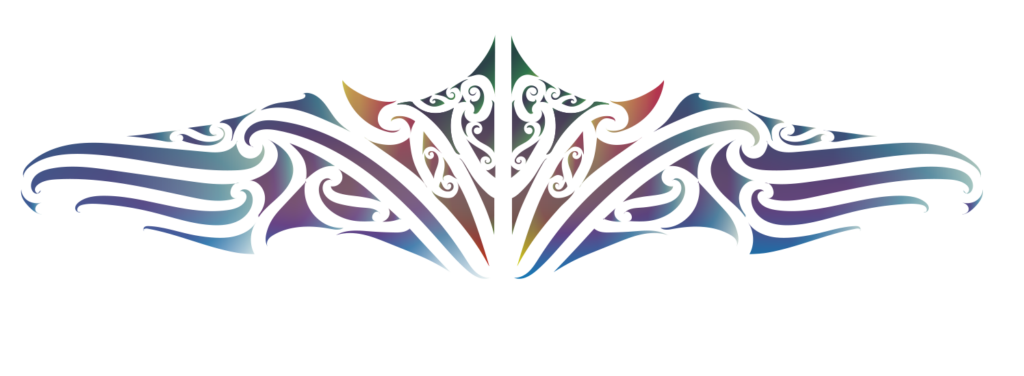Designing people-ecology interactions with mahinga kai – a landscape architectural study
Landscape architects are actively re-imagining people’s influence as a positive part of nature. The discipline has been working with more expansive conceptualisations of landscape, and an expanded scope of ‘site’ that embraces a direct designing of activities, performances, interactions, engagement and encounters. This research investigates the imaginative potential of mahinga kai, and its interrelated concepts, practices, values and more; and in what ways do they offer creative opportunities for the discipline of landscape architecture. It does this through adapting design-oriented tools currently found within landscape architecture research, and grounding them in a case study of tītī harvest by Rakiura Māori, and a design investigation located within the settings of a productive landscape.
The research process has revealed some of the possible ways landscape architecture could embrace the cultural complexity of mahinga kai and its concepts; to not only appreciate its value, but to actively engage and explore their creative potentials in designing landscapes as influential shaper of people and their relationships with nature. Embracing these values could inspire the discipline to think beyond restorative design of ecological habitats that focuses on enabling harvesting of indigenous foods and resources – and to imagine alternative mahinga kai-driven practices everyone could participate in ways an ecologically resilient and economically viable landscape could be produced. This research also shows concepts of mahinga kai could make much stronger significant contribution to the development of landscape architecture. In return, manaakitanga and reciprocity have the potential to contribute back by growing the influence of these concepts.




